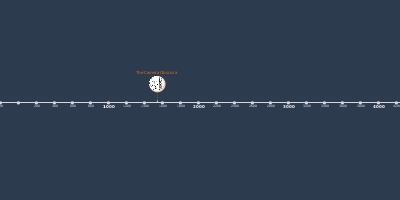mar 2, 1960 - 1960'S
Description:
Cinema in the 60's reflected the tragedies, advancements, fashions, popular culture, and social change.However, my the mid 60's the average cinema ticket in the US cost less than a dollar, whilst the actual films were costing an average of 1.5 million dollars to make, therefore not enough profit was being made, especially since the rise of colour TV in 1962 (US only).
The film industry was troubled, and production was getting worse, with the lowest year for production being 1963, when only 121 feature films were released.
In order to combat this problem, Stanley H. Durwood opened the first multiplex cinema. These were much larger than theatres, could hold more people, and were mainly based in attraction areas, such as shopping malls.
The Multiplex cinemas were a new and exciting way to experience film, which then began to draw many more people to cinemas on days out. Thus, the film industry began to make more money due to the inevitable increase in ticket sales and prices.
COLOUR TV IN THE UK:
- BBC tunes into colour in 1966.
- Britain became the first country in Europe to introduce colour television.
- By 1969, colour broadcasting became available across all channels.
- It cost the BBC between 1-2 million pounds per year for just four hours of technicolour broadcasting across the U.K per week.
- This rose to 10 hours of technicolour broadcasting a week just 12 months later.
- A colour receiver cost around £250, making colour television a luxury.
- As it became cheaper, the number of UK households with a colour TV license increased from 250,000 to 12,000,000 by the early 1970's.
- It is though that colour TV had a creative impact on its audience, as many felt that the content they were recieving and watching had more depth and realism.
Added to timeline:
Date:
mar 2, 1960
Now
~ 65 years ago
